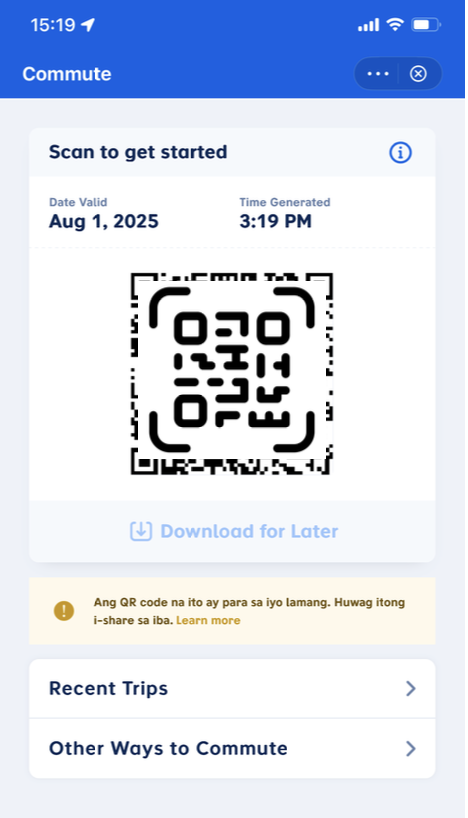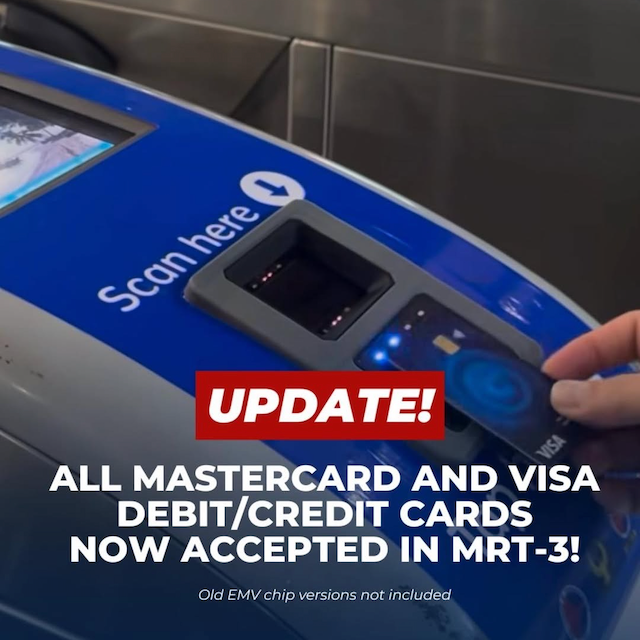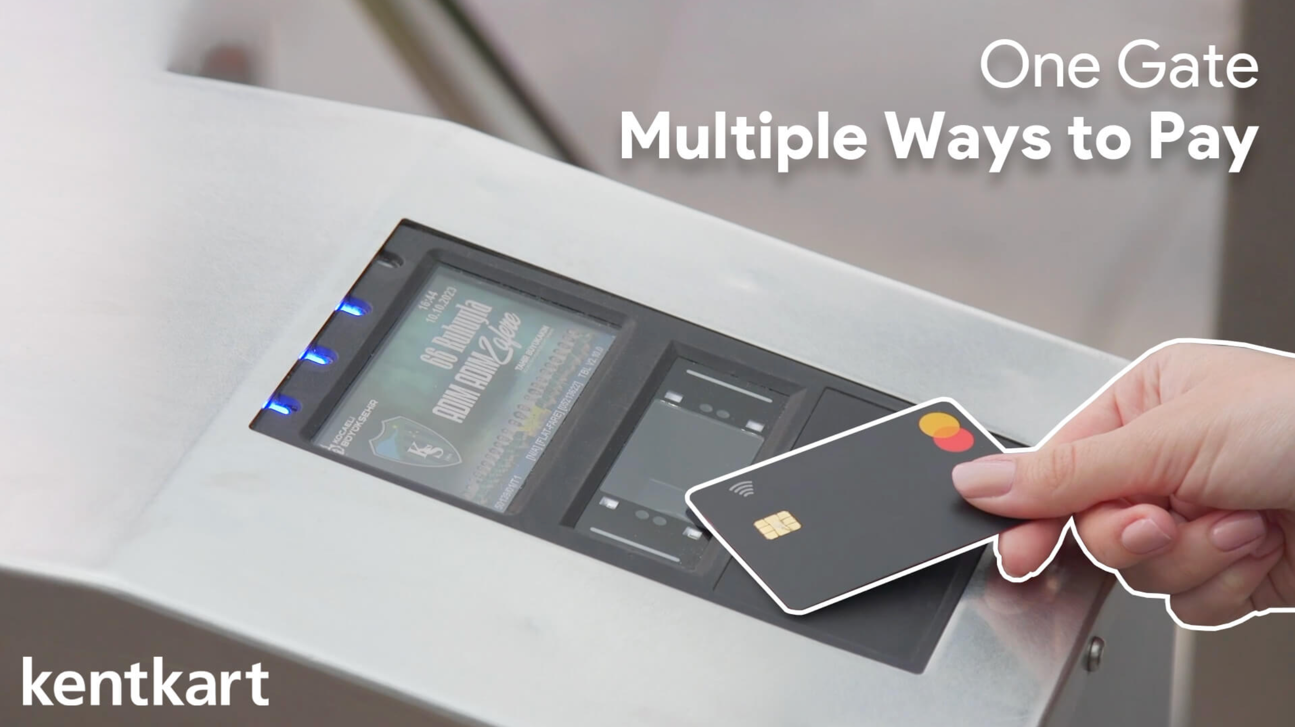
QR Payments - Innovate, don't imitate!
Instead of innovating payments, the new breed of QR/A2A payment schemes too often think of their system as a “primitive” form of card payments. Or, they treat payment merely as an enabler for their ambition of becoming a virtual bank. There is too much data, too much functionality and not enough effort to make the payment process better.
In this post, I want to make the case for removing data from QR payments.
In my view, the principles of any new payment system should be: “Payment moves money efficiently, anonymously and conveniently (for the customer). Use of account information is kept to a minimum. There should be no personal data.”
The State of Fare Collection in the Philipines in 2025
Let’s review what public transport systems are available in the Philippines and how the fare is currently collected.

Manila MRT3 EMV and QR Acceptance - The GCash Commuter QR Code
As reported earlier, on July 25, 2025, MRT-3 in Manila started to accept GCash QR codes directly at the gate, without the need to buy a prepaid ticket.
I have not found reports of first-hand experience with this new feature. All I can talk about here is what I can deduce from the user experience with the GCash application and from comparing the QR code data to the QCAT specification. I cannot say anything about processing until I have tried it myself.
In summary, there does not seem to be much support for interoperability. I would say that the e-wallets may have missed a chance to compete with the payment cards schemes in the AFCS market.

Manila MRT3 EMV and QR Acceptance - I have some answers
As announced, MRT-3 in Manila, Philippines, started accepting payment cards and GCash QR codes at some of their automated gates (see (1) and (2)).
According to the DOTR facebook posts, two stations (Ayala and Cubao) have two upgraded gates for entry and exit, while one gate was upgraded at all other MRT-3 stations.
Based on the pictures and video clips and the information I get from Facebook posts and press releases, I got answers for some of my earlier questions.

Manila MRT3 EMV and QR Acceptance - I have questions
The secretary of the DOTR said on radio that on July 25, 2025, MRT-3 will start piloting the use of QR code wallets, credit cards and debit cards at one automated gate in each of the MRT-3 stations.
Previously, on May 30, 2025, the government already announced that Gcash, as well as Debit and Credit cards, will be accepted for payment of train fares.
It seems that kentkart provided and installed the solution. They probably didn’t start in June, but even if they already started last year, the speed of getting to a working pilot is impressive.
As the use of e-wallets is truly fascinating for me, I would love to know more about the user experience. Unfortunately, I don’t live in Manila anymore and can’t check it out myself. If anybody has the time to try out a few transaction with both payment cards and GCash, maybe they can comment here and let us all know how it went.
As the saying goes, those who believe that something cannot be done should get out of the way of those doing it.
Nevertheless, fancying myself to be an old "engineer", I cannot help myself but think of reasons why such an implementation would be difficult.
I therefore have a few questions:

QRPh Part 2 - The EMV Roots
:toc:preamble
Banks and their regulators have been conditioned to believe that EMV is the global standard for card payments. It is therefore not surprising that all domestic QR payment standards, including QRPh, are based on the EMV QR specifications. For this reason, I am covering the design of the EMV specification, before I will go into the QRPh specification in one of the next posts.
